“A huge proportion of your immune system is actually in your GI tract,” says Dan Peterson, assistant professor of pathology at the Johns Hopkins University School of Medicine.Welcome to our series on gut health. This is one of those topics that is overwhelmingly MASSIVE and hard to even know where to start. You have likely heard or maybe even researched a little for yourself, on the topic of gut health. Maybe you know that probiotics are pretty good for you, you are just not sure why. I'm just going to scratch the surface a little bit today on gut health, then I will dig deeper for you in the subsequent weeks to come. What is the gut Microbiome? “Just like any other environment on the planet, our bodies have their own ecosystems -- made up of 100 trillion microorganisms, or microbes, that live in and on our bodies," says Rachael Buck, PhD, Abbott's lead research scientist and resident gut health expert. "These include bacteria, fungi, viruses and other types of tiny organisms. It’s so large in fact, that the genes of microbes outnumber our body’s genes by 100 to 1." The Gut Microbiome Explained (© 2019 Abbott) When it comes to the microbiome, the large intestine (or, the colon) receives the most attention because it contains the highest concentration and greatest diversity of microbes in the entire body. The large intestine is lined with a layer of mucus and the microbes that live there form a gut biofilm. The biofilm contains an array of different microbes that carry out different tasks in your body and also work together to keep you healthy.What’s even more fascinating is that each and every person has a unique make-up of microbes. What determines the different types of microbes in a person is a result of ones genes, age, gender, diet, hygiene, and even the climate you live in and your occupation. In fact, studies show that the gut microbiome affects everything from pain, mood, sleep and stress, to how our bodies use the food we eat and how we fight off infection.
|
AuthorsDr. MJ Wegmann, Archives
July 2023
Categories
All
|

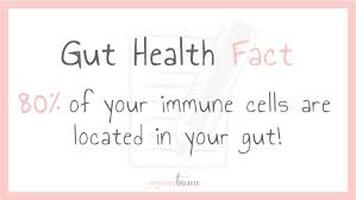


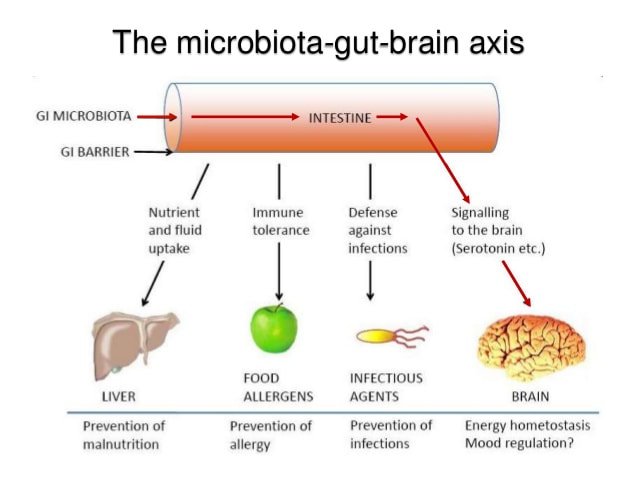
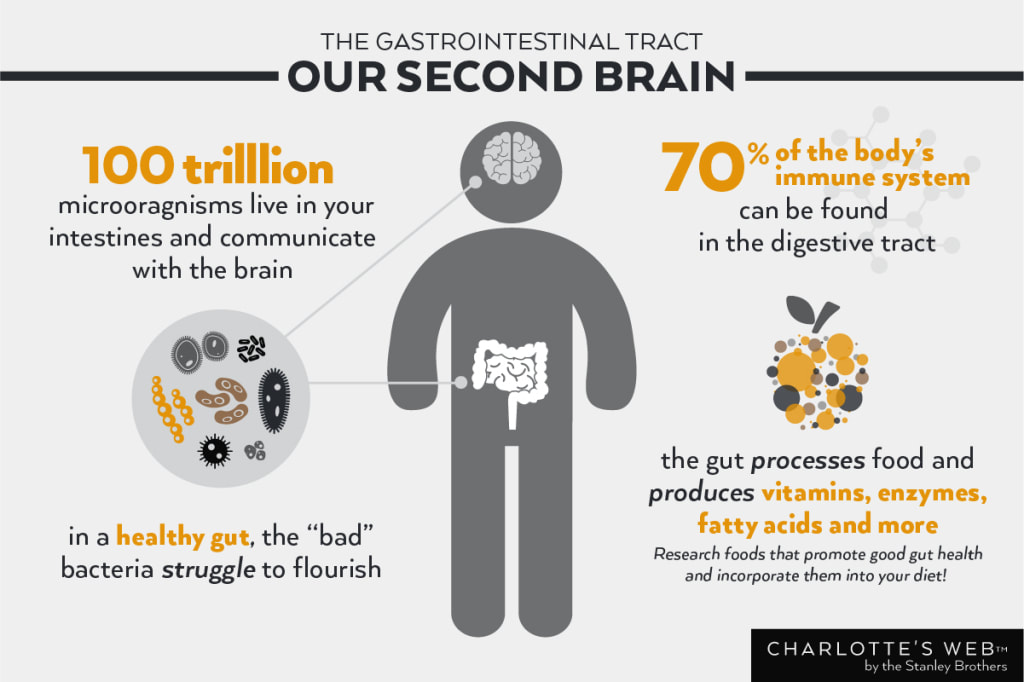
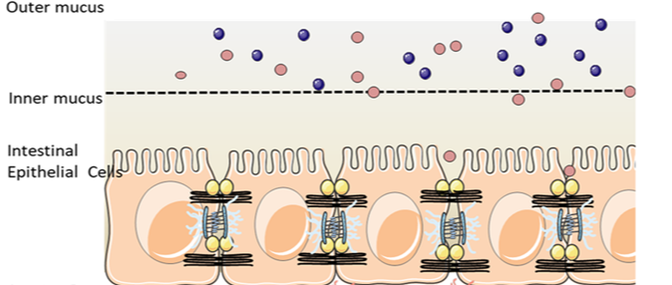
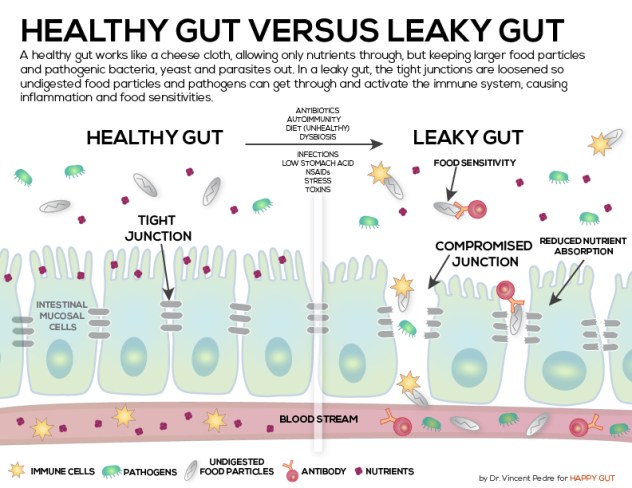
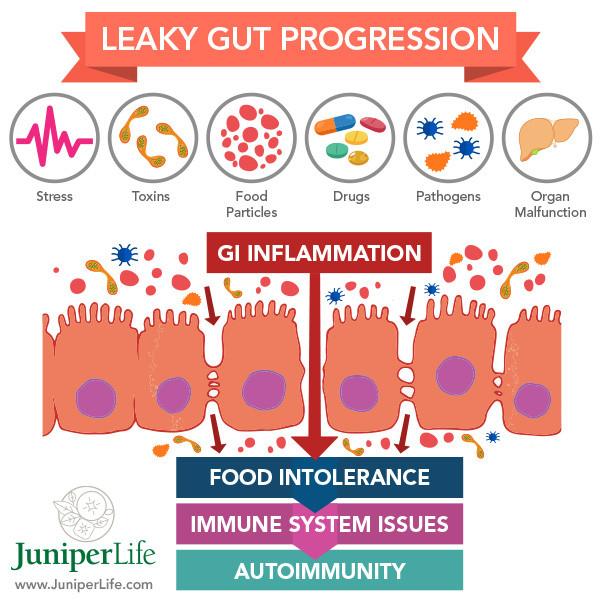

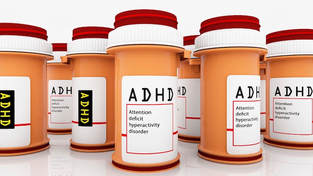
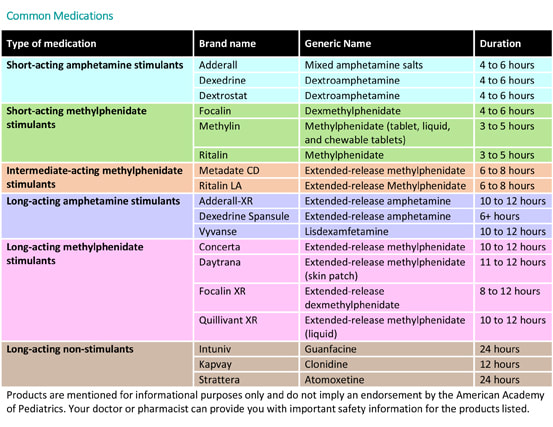


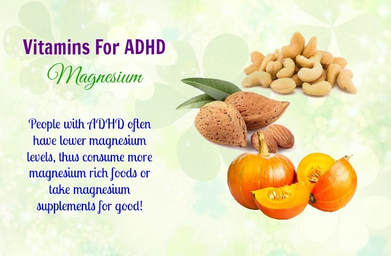

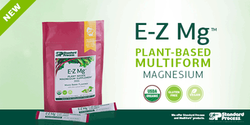
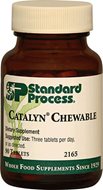
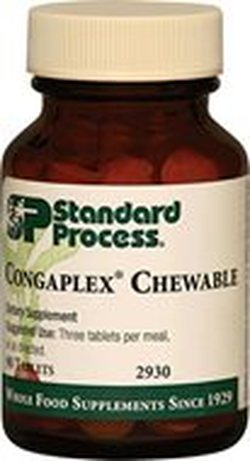
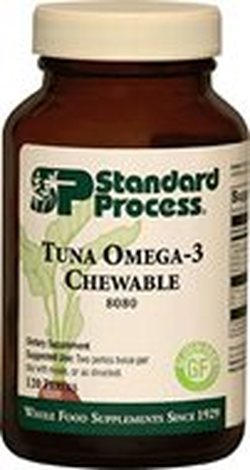

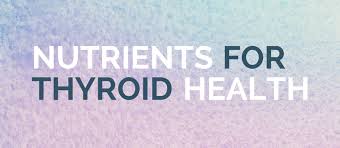
 RSS Feed
RSS Feed